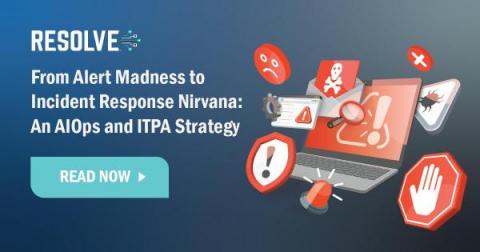Getting Out of the 2010s Era of Alarm Avalanches
Between on-premises data centers and private, public, and hybrid clouds, today's networks have never leveraged a more comprehensive range of technologies, nor have those technologies been this interconnected. The result is that networks are now far more capable than ever before, and are able to augment their capabilities by leveraging other technologies to their highest and best use.










